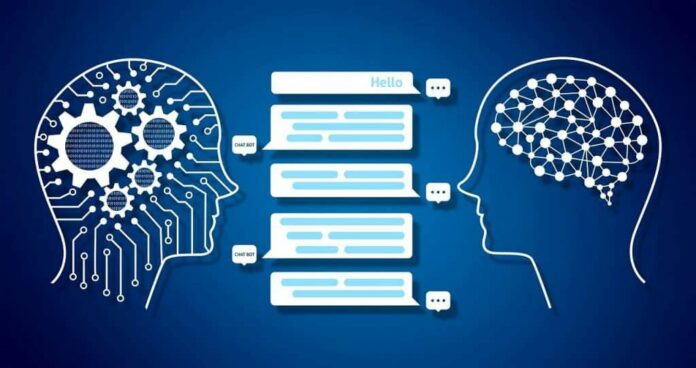Natural language processing (NLP) is a crucial support for artificial intelligence (AI). It helps in building successful communication between computers and humans.
There have been tremendous advances in enabling computers to interpret human language using NLP in recent years. However, the data sets’ complex diversity and dimensionality make this basic implementation challenging in several situations.
Here we have listed down some of the challenges engineers and businesses faces for using Natural Language Processing:
- Development Time
It takes to develop an NLP system. An AI needs to analyse millions of data points; processing all of that data might take a lifetime if you’re using an inadequate PC. With a shared deep network and several GPUs working together, training times can reduce by half. You’ll need to factor in time to create the product from the bottom up unless you’re leveraging pre-existing NLP technology.
- Misspellings
Misspellings are a simple problem for humans to fix. We can rapidly connect a misspelt word to its perfectly spelt counterpart and understand the rest of the phrase. Misspellings, on the other hand, can be tougher to identify by a machine. You’ll need to use natural language processing (NLP) technologies that can detect and move beyond common word misspellings.
- Language Differences
If you want to reach a global or diverse audience, you must offer various languages. Not only do different languages have very varied amounts of vocabulary, but they also have distinct phrasing, inflexions, and cultural conventions. You can get around this by utilising “universal models” that can transfer at least some of what you’ve learnt to other languages. You will, however, need to devote effort to upgrading your NLP system for each different language.
- Training Data
NLP is the study of language to have a better understanding of it. A person must be immersed in a language for years to become fluent in it; even the most advanced AI must spend a significant amount of time reading, listening to, and speaking the language. An NLP system’s abilities evaluate by the training data it receives. If you provide the system with skewed or inaccurate data, it will learn incorrectly or inefficiently.
- Words with Multiple Meanings
There is no such thing as perfect language, and most languages have words with several meanings depending on the context. The intention of a user who asks, “How are you?” is quite different from a user who asks, “How do I connect the new debit card?” With the aid of parameters, ideal NLP systems should be able to distinguish between these utterances.
- Phrases with Multiple Intentions
Because certain words and questions have many meanings, your NLP system won’t be able to oversimplify the problem by comprehending only one. “I need to cancel my previous order and alter my card on file,” a consumer could say to your chatbot. Your AI must be able to tell the difference between these intentions.
Follow and connect with us on Facebook, LinkedIn & Twitter

